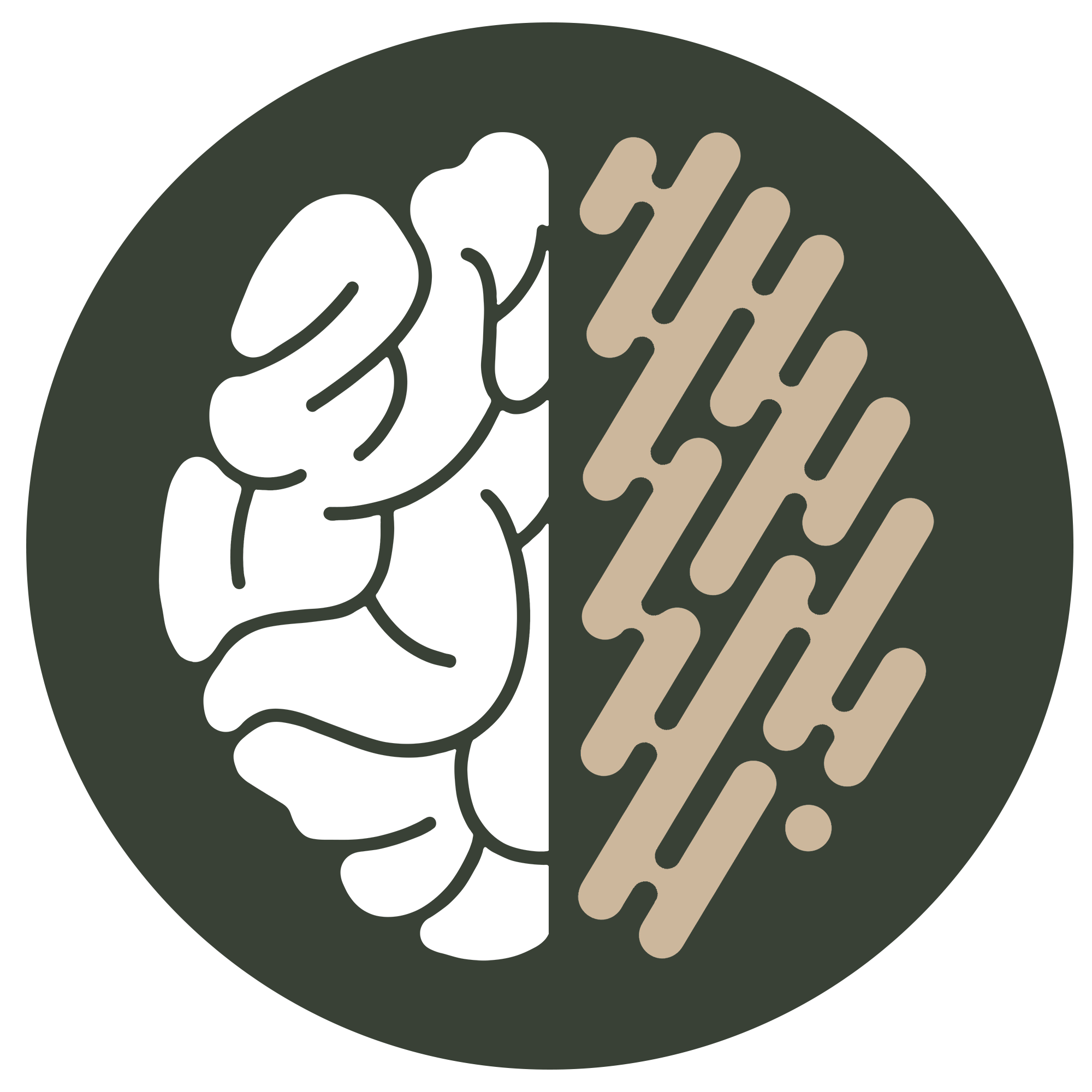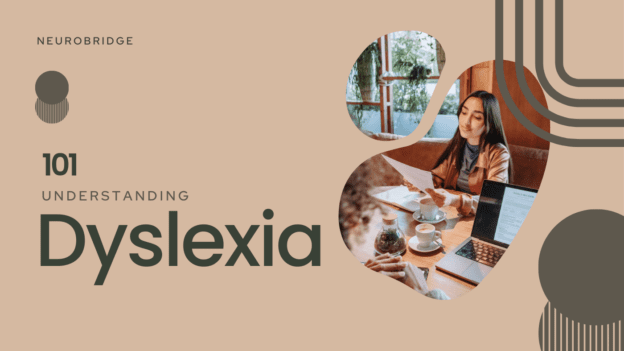Dyslexia is known as a Specific Learning Disorder. It is also believed to be primarily genetic and neurodevelopmental, where the regions of the brain involved in processing written and spoken language function differently from that of a ‘neurotypical’.
Dyslexia is not a matter of intelligence or education. Individuals with dyslexia often have average or above-average intelligence.
Stigmas and narratives have also had a significant impact on the social perception of Dyslexia over the years, often portrayed as simply reading difficulties. Although this may be a presenting symptom for some, Dyslexia takes many forms. To put it simply, anything related to ‘processing’ can be affected by Dyslexia.
Myth:
“Dyslexic people just get their ‘d’s and ‘b’s mixed up.”
Fact:
Dyslexia involves a spectrum of language challenges, not limited to reversing letters. It affects how the brain processes language and literature, impacting reading fluency, decoding, and comprehension.
In addition to language and literacy difficulties, individuals who have dyslexia may also have trouble expressing themselves, even though they are very knowledgeable about a subject. The sequencing structure of phrases, spoken language, and entire essays can be difficult to articulate properly, just as it is with the sequencing structure of individual words.
Although there are no ‘official’ subtypes of Dyslexia, you may find references to:
difficulty recognising and manipulating the components of sounds.
difficulty recognising words by sight, often leading to incorrect spelling and poor reading comprehension.
difficulty in quickly naming letters, numbers, or colours.
Visual:
difficulties in processing visual information.
Deep:
an ‘acquired’ form of Dyslexia, a loss of existing capacity to process information.
In addition to the above subtypes, you may also see Dyslexia categorised into the ‘time of onset’, either:
resulting from a genetically inherited condition.
occurring in neurodevelopment during the early stages of pregnancy.
acquired at a later stage in life, usually caused by trauma or disease.
It is worth noting that regardless of the time of onset, these can encompass any or a combination of the previously mentioned ‘subtypes’ of Dyslexia.
Some of the more common symptoms of Dyslexia include:

slower reading speed and errors in reading.

difficulty spelling words, often writing words as they sound.

trouble recognising and manipulating sounds in words.

issues matching letters to sounds and blend sound into words.

difficulty understanding what is read, particularly if reading speed and decoding are affected.

difficulty speaking or understanding spoken word.



